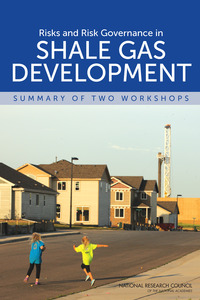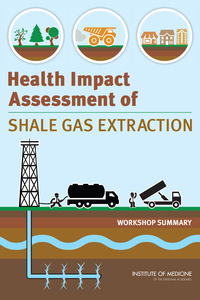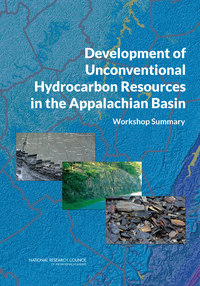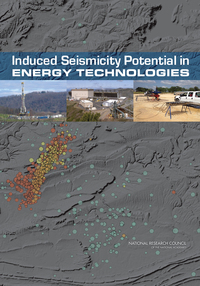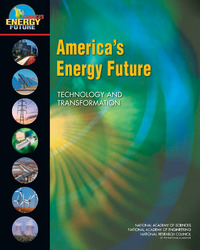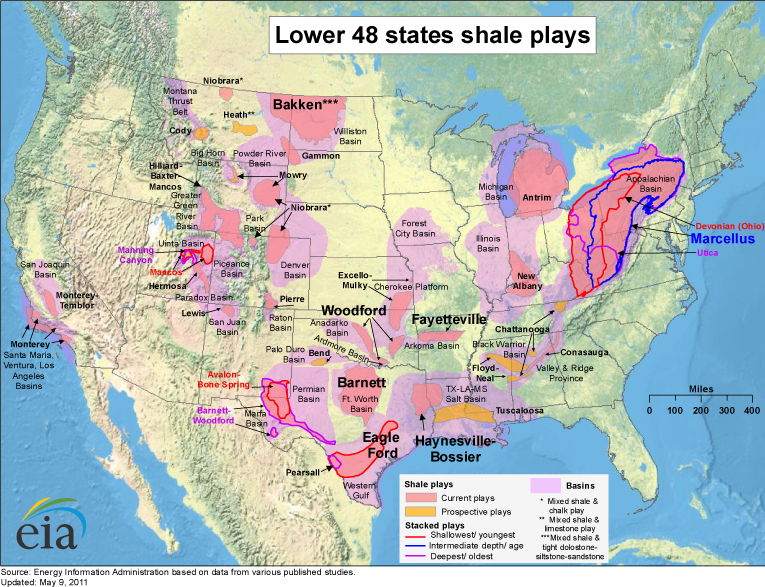
Shale gas is providing an increasing share of U.S. natural gas production. In 2010, 20% of the nation’s natural gas supply came from shale gas. Experts predict that by 2035, as much as 46% of the United States’ supply could come from shale gas. While many people believe that natural gas is a cleaner energy alternative that can ease our dependence on petroleum, others have concerns about the environmental effects of “fracking.” What’s the scientific evidence base for shale energy decision making? How can policy makers account for possible adverse effects? Reports from the National Research Council and the Institute of Medicine explore these and related topics. All are free to download.
Natural gas in deep shale formations, which can be developed by hydraulic fracturing and associated technologies (often collectively referred to as “fracking”) is dramatically increasing production of natural gas in the United States, where …
Natural gas extraction from shale formations, which includes hydraulic fracturing, is increasingly in the news as the use of extraction technologies has expanded, rural communities have been transformed seemingly overnight, public awareness has …
Development of Unconventional Hydrocarbon Resources in the Appalachian Basin is the summary of a workshop convened by the National Research Council to examine the geology and unconventional hydrocarbon resources of the Appalachian Basin; …
In the past several years, some energy technologies that inject or extract fluid from the Earth, such as oil and gas development and geothermal energy development, have been found or suspected to cause seismic events, drawing heightened public …
For multi-user PDF licensing, please contact customer service.
Energy touches our lives in countless ways and its costs are felt when we fill up at the gas pump, pay our home heating …
